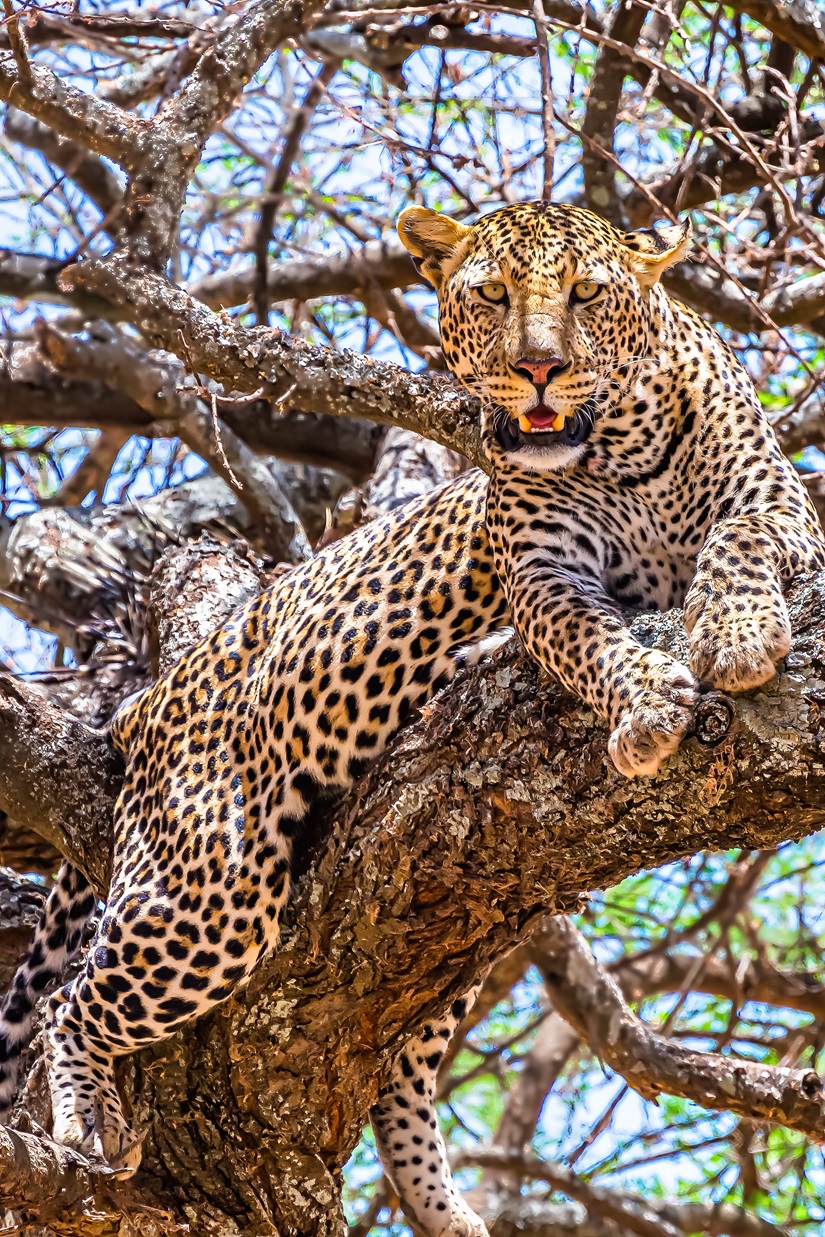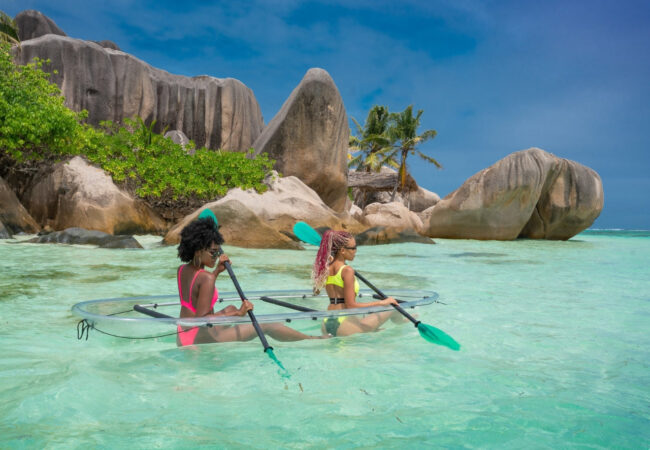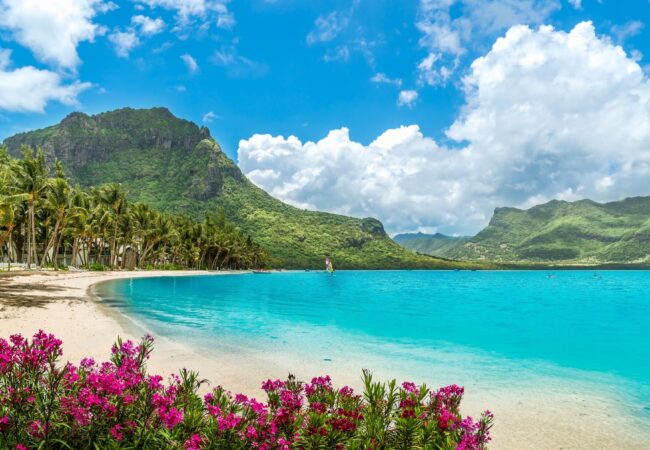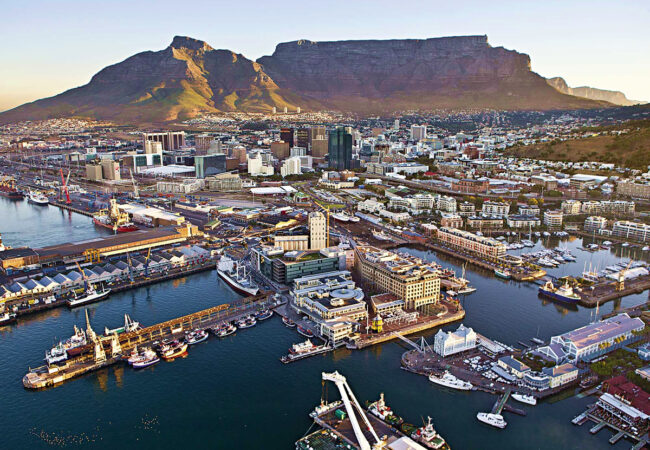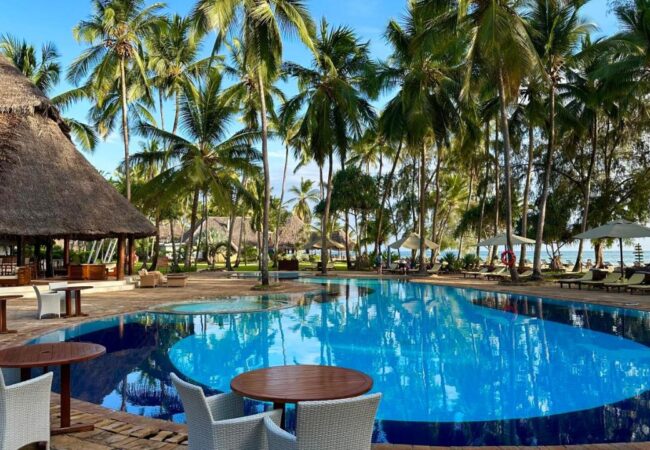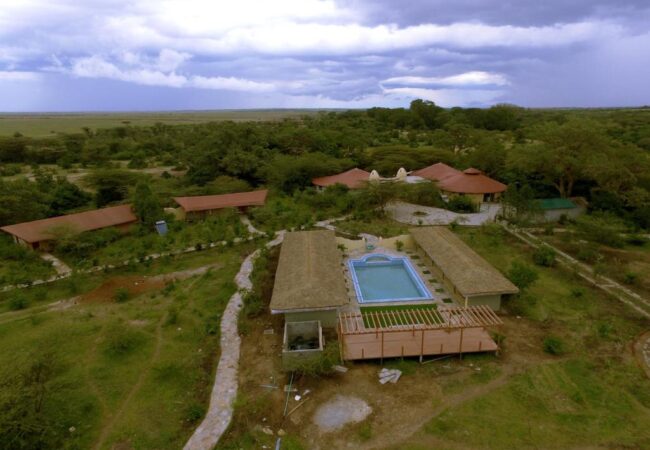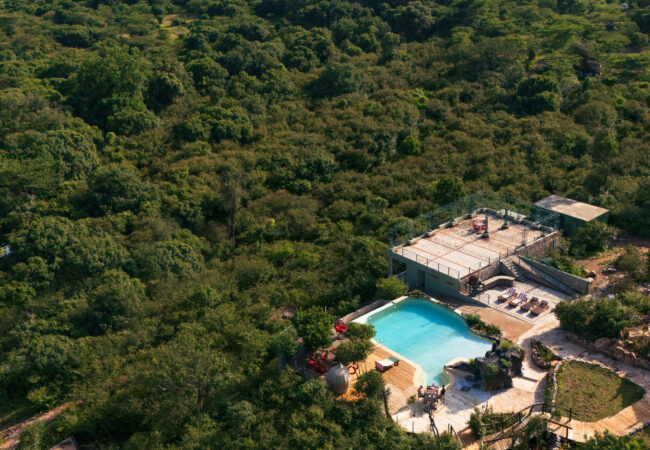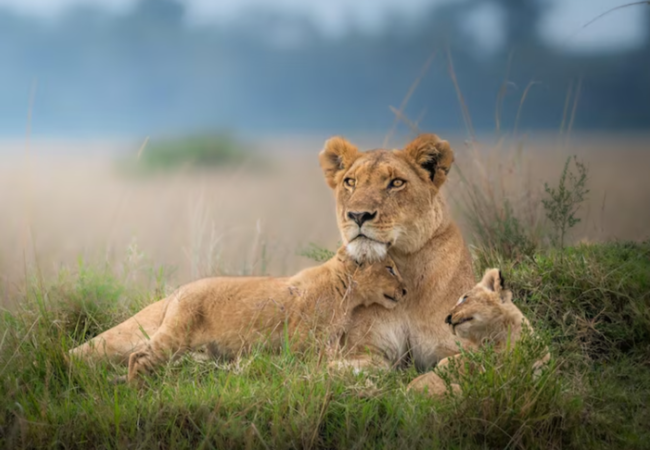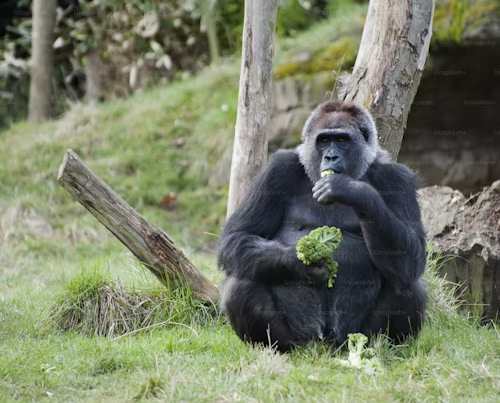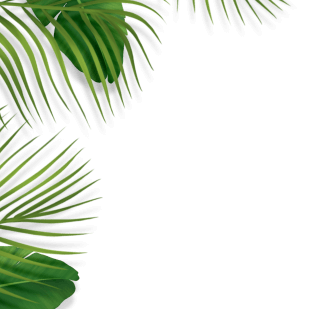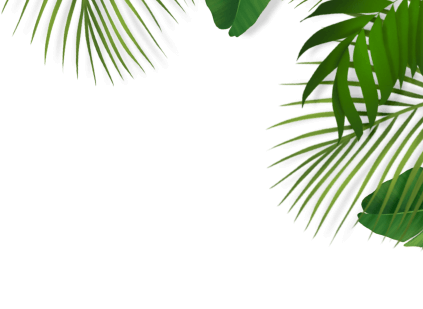Mt. Rwenzori National Park, often referred to as the “Mountains of the Moon,” is a UNESCO World Heritage site located in western Uganda. The park encompasses the highest parts of the 120km-long and 65km-wide Rwenzori mountain range. Known for its stunning alpine landscapes, unique flora, and diverse fauna, Mt. Rwenzori is a premier destination for avid hikers and nature enthusiasts.
Geography and Climate
The Rwenzori Mountains are famed for their scenic beauty, featuring rugged peaks, deep valleys, and glacial lakes. The park includes six distinct mountains: Mt. Stanley, Mt. Speke, Mt. Baker, Mt. Emin, Mt. Gessi, and Mt. Savioa. Mt. Stanley’s Margherita Peak, standing at 5,109 meters, is the third highest point in Africa.
The park experiences a tropical climate, with heavy rainfall from March to May and September to November. This precipitation contributes to the lush vegetation and numerous rivers that flow through the park, making it a crucial water catchment area.
Flora and Fauna
Mt. Rwenzori National Park boasts a diverse range of ecosystems, from tropical rainforests at lower altitudes to alpine meadows and glaciers at higher elevations. The park is home to over 70 mammal species, including elephants, leopards, chimpanzees, and the rare Rwenzori otter. Birdwatchers will find a haven here, with 217 bird species recorded, including the Rwenzori turaco, long-eared owl, and the handsome francolin.
The flora of Mt. Rwenzori is equally impressive, with five distinct vegetation zones. The montane forest zone features bamboo forests and tree heathers, while the higher altitudes showcase giant lobelias and groundsels. The unique plant species, many of which are endemic to the Rwenzoris, create a botanical paradise that changes dramatically with elevation.
Activities and Attractions
- Hiking and Mountaineering: The Rwenzori Mountains are a world-class hiking and mountaineering destination. Several trekking routes are available, ranging from short nature walks to challenging multi-day hikes. The Central Circuit Trail is the most popular route, offering a comprehensive tour of the mountain’s varied landscapes.
- Bird Watching: With over 200 bird species, the park is a birdwatcher’s delight. Guided birding tours provide opportunities to spot rare and endemic species, particularly in the montane and bamboo forests.
- Cultural Experiences: The local Bakonzo people offer cultural tours that provide insights into their traditional way of life. Visitors can explore local villages, participate in cultural performances, and learn about the community’s history and traditions.
- Photography: The breathtaking scenery of the Rwenzori Mountains, from mist-covered valleys to snow-capped peaks, provides endless opportunities for photography. Sunrise and sunset offer particularly spectacular views.
Accommodation
Accommodation in and around Mt. Rwenzori National Park ranges from luxury lodges to budget campsites. Options include:
- Rwenzori Mountain Lodge: A luxury lodge offering stunning views of the mountains, comfortable accommodations, and excellent dining.
- Ruboni Community Camp: A budget-friendly option run by the local community, providing basic amenities and a chance to experience local culture.
- Equator Snow Lodge: A mid-range lodge with comfortable rooms, good food, and a cozy atmosphere, located near the park’s entrance.
Best Time to Visit
The best time to visit Mt. Rwenzori National Park is during the dry seasons, from June to August and December to February. During these months, the weather is more favorable for hiking and trekking, with clearer skies and less rainfall. However, the park’s lush scenery and unique ecosystems can be enjoyed year-round.
Conservation and Sustainability
Mt. Rwenzori National Park is managed by the Uganda Wildlife Authority (UWA), which is committed to conserving the park’s unique ecosystems and promoting sustainable tourism. Various conservation projects are in place to protect the park’s biodiversity, combat poaching, and support community-based tourism initiatives. Visitors are encouraged to adhere to park regulations and support eco-friendly lodges to minimize their environmental impact.
Mt. Rwenzori National Park is a natural wonder that offers a unique blend of adventure, biodiversity, and cultural experiences. Whether you’re an avid mountaineer, a bird enthusiast, or a nature lover, the park promises an unforgettable experience in one of Africa’s most spectacular mountain ranges.

